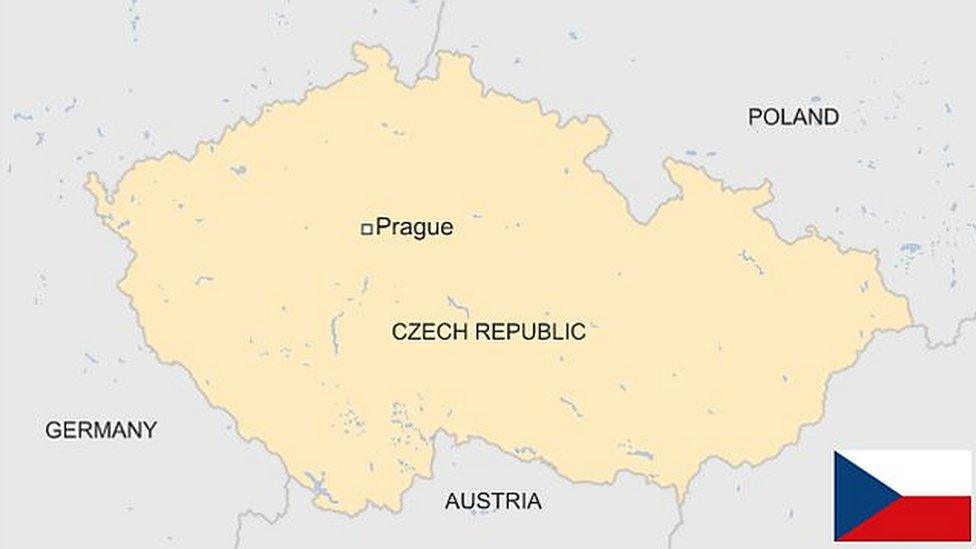Czechs search for dead 'heroes' who killed SS chief Heydrich
- Published
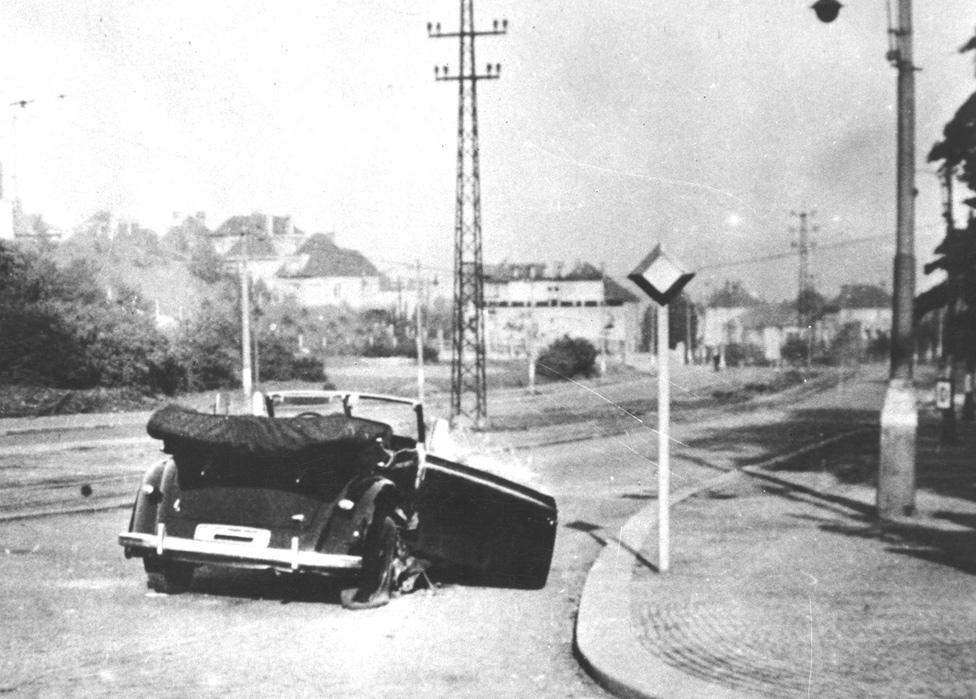
Heydrich was ambushed in Prague while travelling in an open-top Mercedes
The assassination of Nazi police chief Reinhard Heydrich by Czechoslovak resistance fighters in 1942 was one of the outstanding feats of daring in World War Two.
A new thriller called Anthropoid premieres in the US on 12 August, dramatising the ambush by British-trained Czechoslovak paratroopers Jozef Gabcik and Jan Kubis in Prague.
Yet even today parts of the story are shrouded in mystery.
SS Obergruppenfuehrer Heydrich, acting Reichsprotektor of occupied Bohemia and Moravia, was a key organiser of the Holocaust.
The Nazi retaliation for his assassination was savage - the Czech villages of Lidice and Lezaky were razed, the inhabitants shot or deported to concentration camps.
Echoes of war
I have had some jarring reminders of the assassination - Operation Anthropoid - during my time in Prague.
I know now my second flat was a five-minute walk from the spot where, on 27 May 1942, Heydrich's open-top Mercedes slowed to negotiate a hairpin bend.
It was less than 700m (2,310ft) from where Jozef Gabcik's Sten sub-machine gun jammed and where Jan Kubis threw his bomb.

Heydrich, pictured here in 1942, was a top Nazi close to Adolf Hitler
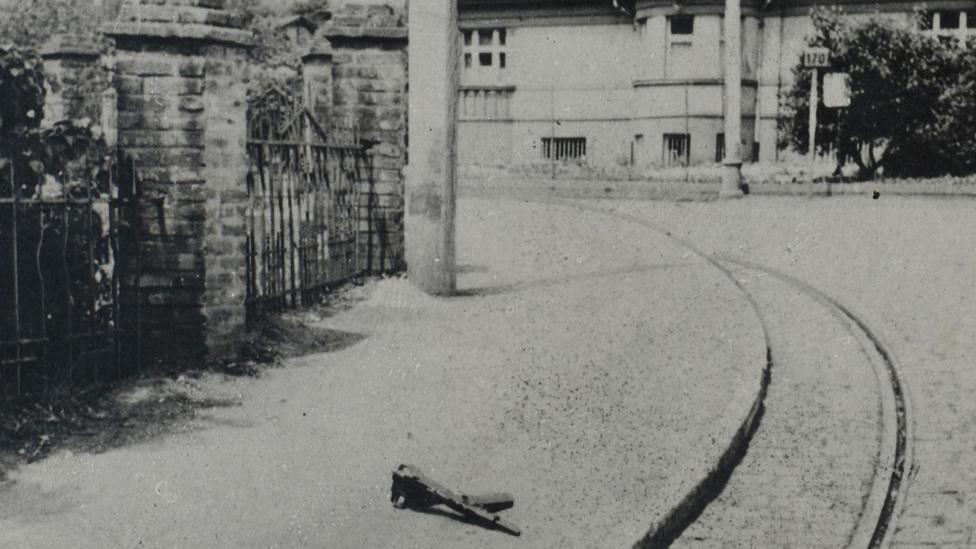
This photo shows Gabcik's British Sten gun - abandoned after it jammed
Houses in the district where I now live are dotted with plaques to those who helped shelter the parachutists and who paid the ultimate price.
The SS military hospital on the river, where Kubis was brought, badly wounded, is now the maternity hospital where both of my children were born.
Kubis was dragged there from the church crypt where seven Czechoslovaks had held off 800 SS and Gestapo troops. He never regained consciousness.
Gabcik took his own life. The parachutists were laid out in front of the church to be identified by the man who had betrayed them, fellow paratrooper Karel Curda.
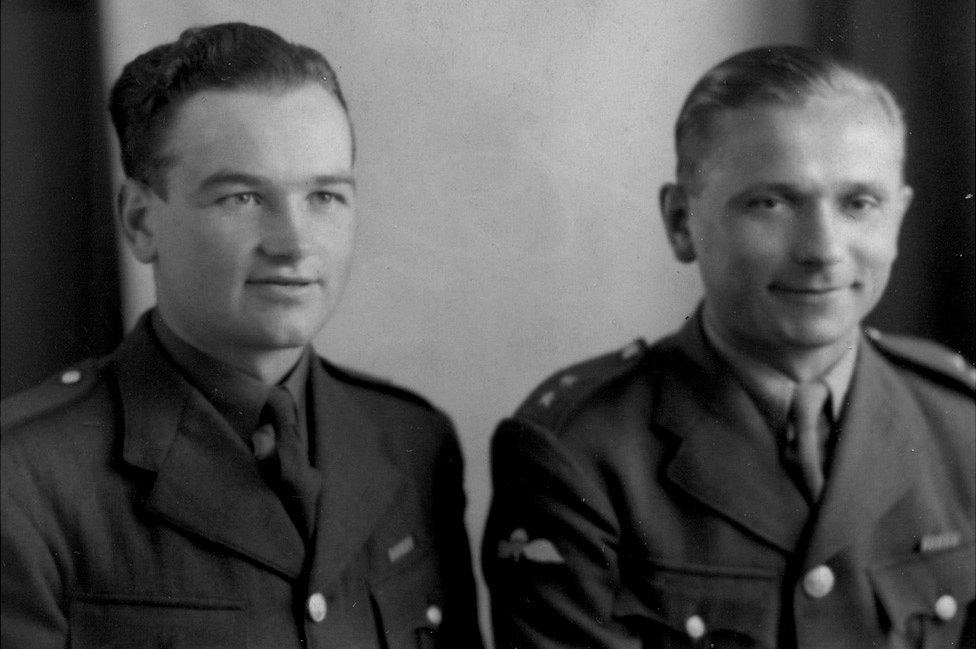
An RAF plane had dropped Kubis and Gabcik into occupied Czechoslovakia
But the answer to one question had long eluded me.
Where are they buried?
Detective work
Surprisingly, the truth has begun to emerge only in the past decade.
"Under these trees are mass graves of people from the Second World War. You can even see where they are - look - the earth has been compressed a little," said Jiri Linek, from the Organisation of Former Political Prisoners.
We had walked down a path to a small clearing in Dablice cemetery, on the northern fringes of Prague. I had driven past it, unwittingly, for years.
"Here," said Jiri, pointing at a patch of grass, the rectangular outlines of a slight depression faintly visible.
"Or maybe here. This is where they should be."

Czechs are showing renewed interest in the secrets of Dablice cemetery
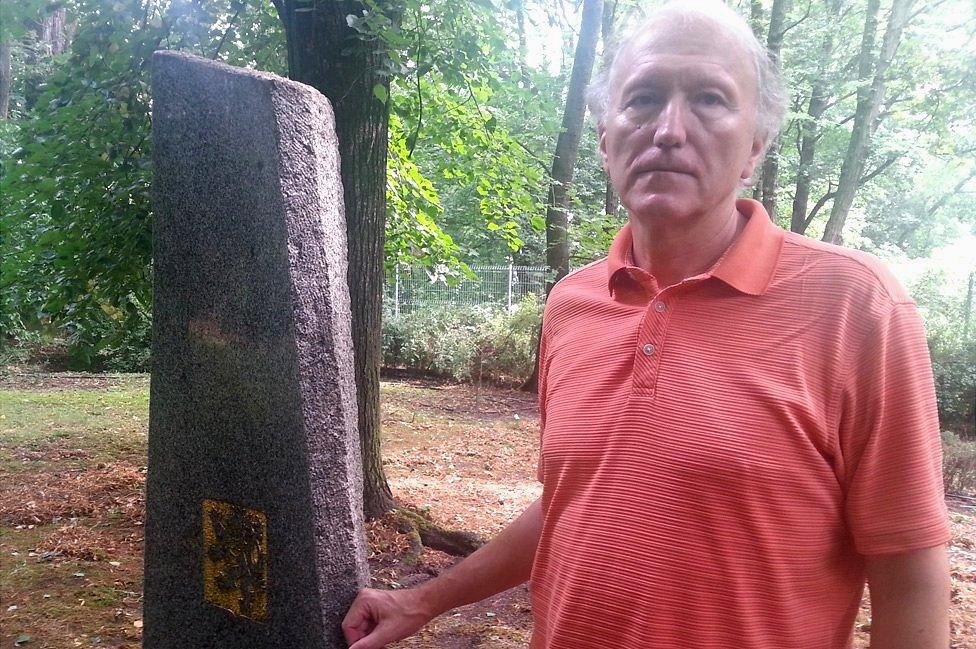
Jiri Linek stands beside a memorial to the Operation Anthropoid fighters
Historians and researchers agree the mass graves of this local cemetery are the final resting place not just for Gabcik and Kubis, but their five fellow parachutists, the dozens of citizens who sheltered them, and the hundreds shot in reprisal for Heydrich's death.
But while every Czech schoolchild has heard of Gabcik and Kubis, hardly anyone realises they are buried here.
"People simply don't know. It was hidden for 42 years," Mr Linek told the BBC.
"If the Communist regime hadn't started in 1948, we would know exactly where Gabcik, Kubis and the others were. But because they flew from England, a capitalist state and our enemy, they weren't regarded as the heroes they should have been."
Czech witnesses

Author Jaroslav Cvancara has pieced together details of the ambush and aftermath
The location has been established almost single-handedly by author Jaroslav Cvancara. He was fascinated by the Operation Anthropoid story from childhood.
In the 1980s he began travelling the country, tracking down the parachutists' relatives, borrowing their memories and photographs.
During that time he befriended a former Czechoslovak police officer who had been assigned to Prague's Institute of Forensic Medicine during the war. That was where Kubis, Gabcik and the five others were brought for autopsy. The policeman was on good terms with the Czech pathologists working at the institute, which was divided into Czech and German parts.
"One night, the German pathologists were celebrating something or other, and so this policeman with two colleagues crept into the main autopsy room, where they knew the skulls of the parachutists were kept," Mr Cvancara told the BBC.
"They took photos of the skulls - the only photos in existence," he said, adding that he later asked an anthropologist to compare them with pre-war images of the men to confirm they matched.
"These were the skulls of the five other parachutists. Gabcik and Kubis were also there; their severed heads had been kept in jars, preserved in formaldehyde," he said.
"Unfortunately they didn't manage to take photos of them."
The policeman also introduced Mr Cvancara to one of the Czech pathologists who had been working at the institute in 1942. He confirmed the headless bodies were almost certainly taken to Dablice.
Confronting history
The five skulls and two heads were last seen being loaded by the Gestapo onto a goods train at Prague's Smichov station on 20 April 1945. It was Hitler's birthday. They have never been seen since.

A memorial reminds Czechs of the notorious Nazi massacre at Lidice
A campaign is now under way to get the Czech authorities to exhume the mass graves at Dablice, which contain the remains of an estimated 8,000 people. They range from World War Two resistance heroes, Gestapo officers shot in 1945 and infants born to Communist-era political prisoners in the 1950s.
Jiri Linek, however, says that by cross-referencing the autopsy dates with World-War-Two-era aerial photos of Dablice, the search for the parachutists' bodies could be narrowed down significantly.
"We need to treat them better than waste. These people were basically dumped into that grave as human waste," said Neela Winkelmann, managing director of the Prague-based Platform of European Memory and Conscience, which is spearheading the campaign.
"Of course it requires opening - literally getting the skeletons out of the cupboard, and opening some painful topics. But we cannot avoid this.
"If we want to proceed towards a more evolved nation, we have to honestly deal with the past. And give this last service to our dead."
The film Anthropoid will be released in the UK on 9 September.
- Published27 October 2013
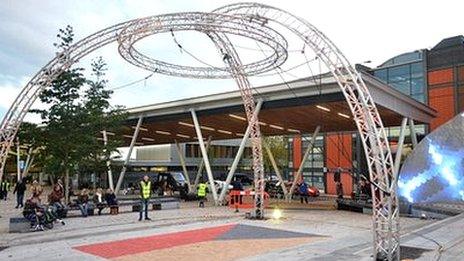
- Published27 May 2012
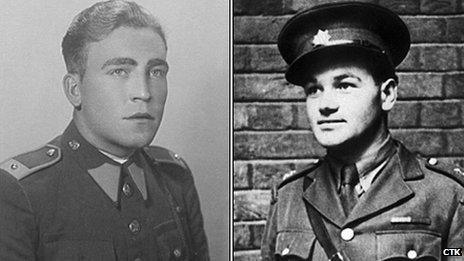
- Published11 December 2023
